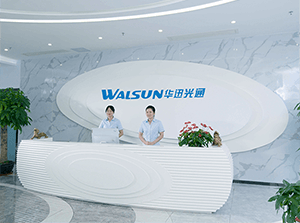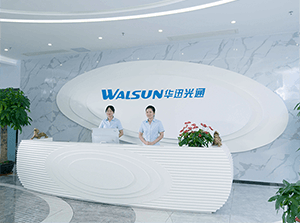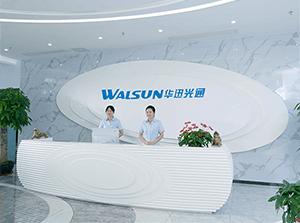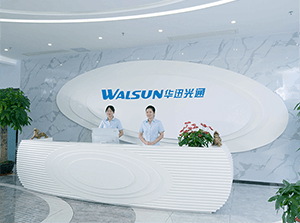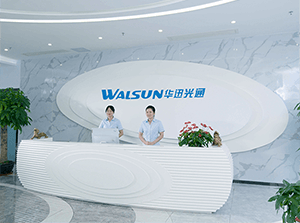PRODUCTS

- A rugged SFP (Small Form-Factor Pluggable) refers to an SFP transceiver module that is designed and built to withstand harsh environmental conditions. Standard SFP modules are typically used in data center environments or enterprise networking where conditions are controlled and relatively benign. However, in certain applications such as military, industrial, or outdoor deployments, the operating1487

- The terms "TX" and "RX" are commonly associated with data transmission in networking and communication. Here's a brief explanation of each:TX (Transmit): This refers to the side of a communication link or device that is responsible for sending data. For example, if you are connecting a device to a switch or router, you would typically connect the "TX" port of one3165

- Single-mode fiber (SMF) is typically more expensive than multi-mode fiber (MMF). The cost difference between the two primarily stems from the different technologies and capabilities they offer.Here are some reasons why SMF is often more expensive:Technology and Construction: Single-mode fiber has a smaller core size compared to multi-mode fiber. This requires more precise manufacturing techniques,1217

- It seems like there might be a misunderstanding or confusion in your question. MMF and SMF typically refer to different types of optical fibers used in networking:MMF (Multi-Mode Fiber) and SMF (Single-Mode Fiber) are two different types of optical fibers, and they are not typically mixed within the same network or communication system. Mixing MMF and SMF can lead to signal loss, distortion, and c1451

- Yes, Small Form-Factor Pluggable (SFP) modules are designed to be hot-swappable. Hot-swapping refers to the ability to replace or install a module without powering down the system. SFP modules are commonly used in networking equipment such as switches and routers for connecting to fiber-optic or copper networks.Here are the key points related to hot-swapping SFP modules:Hot-Pluggable: SFP modules2222


 CHS
CHS Walsun Mall
Walsun Mall

